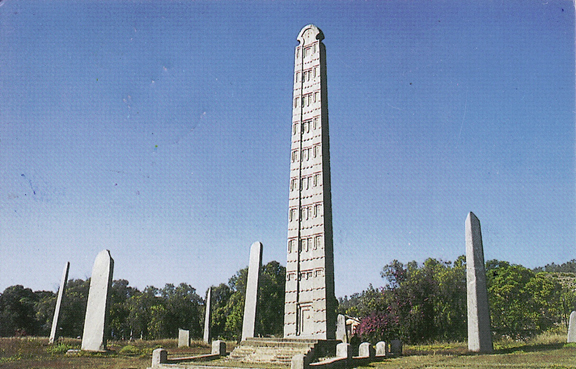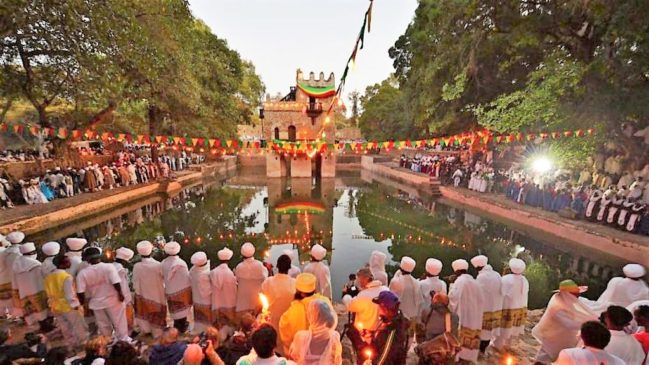Ethiopian World Heritage Sites
By Eden Sahle
Home to nine UNESCO World Heritage sites Ethiopia complements Africa’s ancient creations. The Ethiopian ancient architectures portrayed at Lalibela and Aksum tell a lot about the Ethiopian ancient civilization and society. Situated in the highlands of northern Ethiopia, the Aksum masterpiece symbolizes the skill of ancient Aksum. As one of the most powerful states between Eastern Roman Empire and Persia, Aksum lasted for centuries at the crossroads of Africa, Arabia and the Greco-Roman World. Some of the obelisks have triangular Greek, Sabean and Ge’ez texts inscribed by King Ezana. This magnificent wonder includes monolithic obelisks, giant stelae, palace ruins, royal tombs and ruins of castles dating back to the 7th century.
The largest standing obelisk rises to the height of over 23 meters, same as a nine-storey building, this depicts the futuristic vision of the kingdom. It is widely referred to as the largest monolithic stele that ancient human beings ever attempted to erect.
Indeed the 16th century marked a creative era for Ethiopia. Fasil Ghebbi, the palace of the late Emperor Fasilides and his successors is quite remarkable. Located in Northern Gondar, it incorporates six major building complexes and other ancillary buildings of palaces, churches, monasteries as well as public and private buildings. The place was once the permanent capital city of Ethiopia until the 18th century. Fasilides who was fascinated by architecture created a castle which was described as finer than the House of King Solomon. Gondar also houses 11 medieval monolithic cave churches also known as ‘New Jerusalem’. One of such churches carved from within the earth Lalibela, built in early 13th century during the regime of King Lalibela. It is constructed from a single rock without any stone or cement input.
Read more at: Jovago.com




